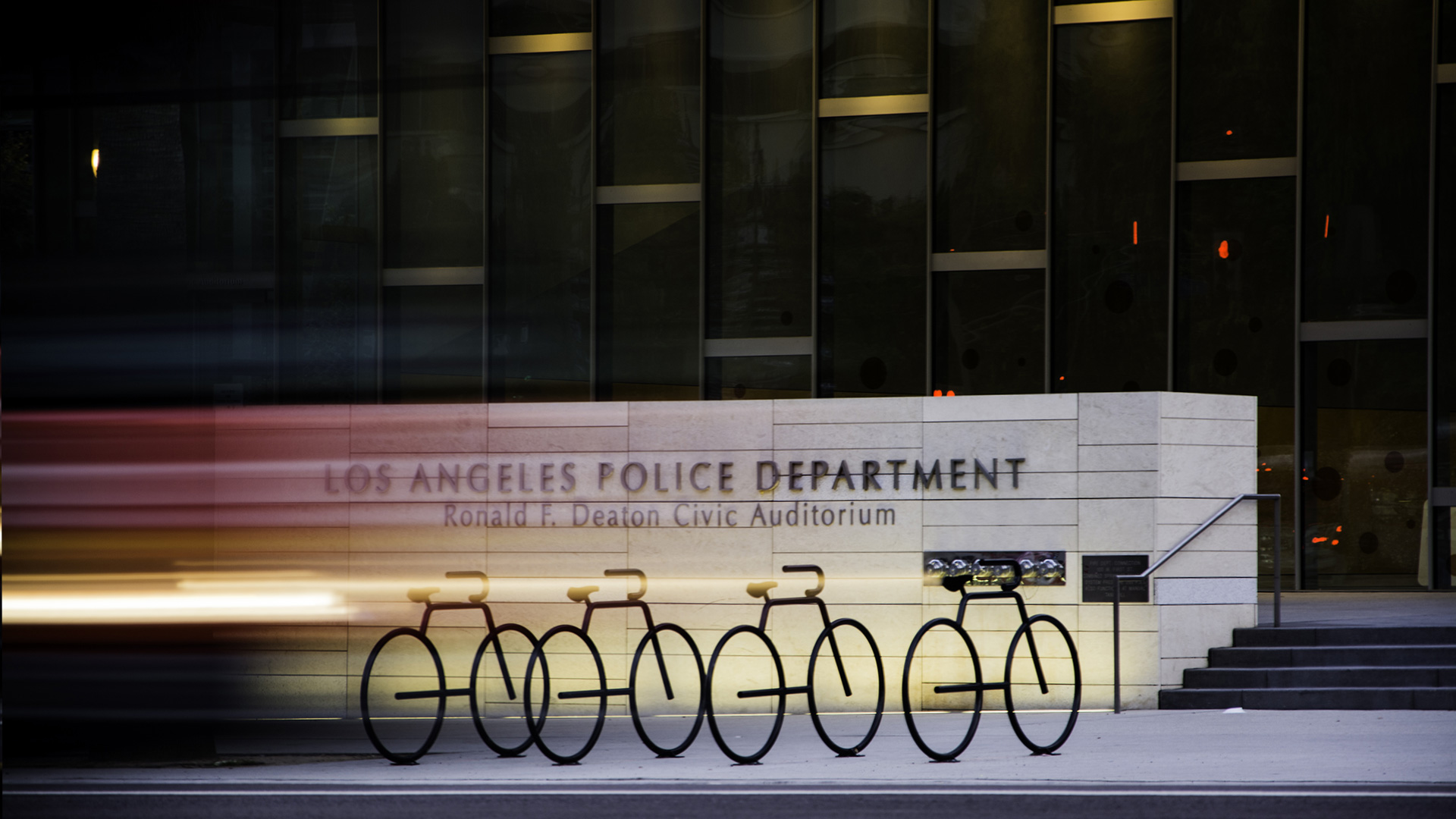
The Los Angeles City Council voted 8–4 on May 23 to accept a donation of a robotic dog worth nearly $280,000 for the LAPD.
The controversial dog-like device, named Spot, will be funded by the Los Angeles Police Foundation and used for specific police activities.
The decision was met with criticism from members of the public, who expressed concerns about surveillance and safety, with some referencing movies such as The Terminator and I, Robot.
Councilmember Hugo Soto-Martínez voiced his opposition to the police robot.
“This item is being painted as merely an acceptance of a donation, but it really represents an expansion of the current boundaries around policing and surveillance. This is not the vision of the community that I believe Los Angeles should be.”
Although the majority of councilmembers voted in favor of the robot, they did not explain their endorsements.
Councilmember Traci Park dismissed concerns about the robot leading to a dystopian future of state surveillance.
As part of the plan, the city council will also receive quarterly reports about the robot’s deployment from the LAPD.
Following the vote, protesters became disruptive, leading to their removal from the council chamber. Subsequently, a man vandalized the walls of city hall before escaping, which prompted a criminal investigation.
The delay in voting was attributed to allowing councilmembers more time to address questions and concerns surrounding the robot’s deployment capabilities.
Police officials assured that Spot would only be used in limited circumstances requiring SWAT team response.
The robot can climb stairs, open doors and navigate challenging terrain. It is equipped with 360-degree cameras and can transmit real-time information to an officer controlling its movements with a tablet device.
The 70-pound robot — about the size of a full-grown Dalmatian — can open doors with a mechanical arm, and even possesses sensors that can detect chemical spills in an area.
Critics raised objections about potential harm and surveillance of marginalized communities, drawing parallels to past justifications of technology deployment that eventually expanded beyond their intended scope. Concerns were also raised about the financial implications, as the city would be responsible for future maintenance and repairs.
“Officers are not trained to use this equipment, so where will the money come from when it’s time to start training officers to use the equipment?” L.A. Community Action Network activist Amerald Wheatley-Johnson asked. “Where will the money come from when you decide to expand this technology? It’s not just a donation, and this will cost us a lot more in the long run.”
During the meeting, Brendan Schulman, vice president of policy and government for Boston Dynamics, the robot’s manufacturer, and LAPD Deputy Chief David Kowalski were questioned.
According to Kowalski, other departments in California have successfully used the device. He called it a “game-changer” and a “risk mitigator.”
On Boston Dynamic’s website, the company touts Spot as being able to “automate routine inspection tasks and data capture safely, accurately and frequently” for use in everyday operations.
However, Soto-Martínez referred to the robot’s troubled deployment in New York City, where it generated public outcry and was subsequently returned by the police department.
Four councilmembers, Heather Hutt, Curren Price, Nithya Raman and Hugo Soto-Martínez voted against accepting the donation. Councilmember Eunisses Hernandez and Marqueece Harris-Dawson were not present for the vote.
Critics of the decision expressed frustration with the council’s disregard for public sentiment. Hamid Khan, from the Stop LAPD Spying Coalition, criticized the council for catering to the demands of the LAPD and ignoring the overwhelming rejection of the robot expressed by the public.
“The LAPD completely controls the city, they control the finances and the city council constantly keeps on catering more and more to what their demands are,” he stated.





